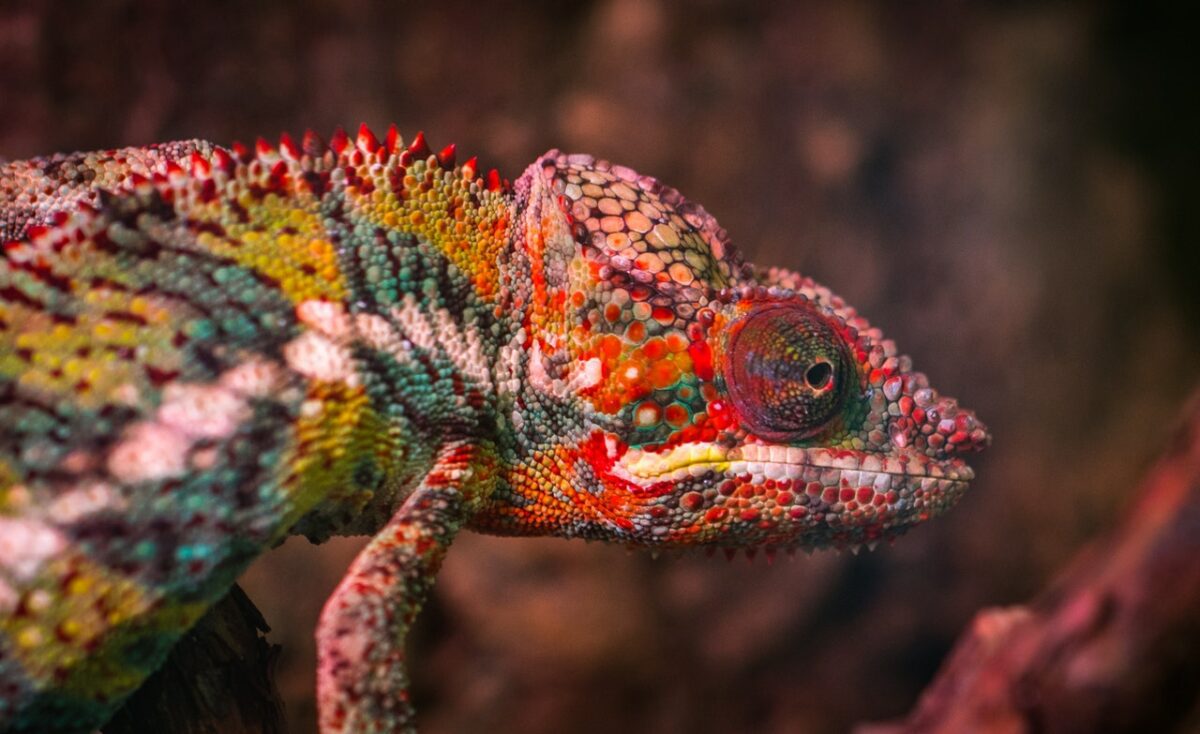Genetic engineering is a branch of science that deals with direct modification or alteration of the genetic makeup of a living organism to express unnatural but desirable traits. In genetic modification usually uses DNA and certain gene transformations to create new gene variations. What are some of the components of this genetic engineering?
The basic principle of genetic engineering technology is to manipulate or change the nucleic acid composition of DNA or insert new genes into the DNA structure of the recipient organism. There are several main components used in genetic engineering techniques, including enzymes, cloning vectors, and competent host cells.
Enzyme
In genetic engineering, 2 types of enzymes are used, namely restriction endonuclease and ligase enzymes. Restriction endonucleases function to break DNA phosphate sugar bonds and cut specific nucleotides in DNA.
Hence, the restriction enzymes are known as “molecular scissors”. Meanwhile, DNA ligase is an enzyme that functions to connect DNA fragments by forming diester bonds between two nucleotides.
Cloning Vector
The cloning vector is a component that carries genes to be inserted into the host cell. A cloning ventor must have an origin of replication (ORI) that marks the start of DNA replication, a selectable marker that helps identify the cell to be converted from the original cell, and a restriction site or cloning area. is a typical DNA sequence that the restriction enzyme will recognize.
A cloning vector has more than one restriction site. Some of the restriction sites for some endonuclease enzymes in the vector are called polylinkers. There are several known types of cloning vectors, namely plasmids, bacteriophages, cosmids, vectors, YAC, animal viruses and plant viruses.
- Plasmids, are cloning vectors that are most often used in the cloning process for bacteria. Plasmids are extrachromosomal DNA that is usually circular in shape, and these plasmids are found in bacterial cells. Bacteria have the ability to divide quickly, so plasmids are often used as vectors for carrying genes to produce a particular product in a fast time.
- Bacteriophage, is a virus that infects bacteria by inserting their DNA into the host bacteria. Viral DNA can be manipulated by inserting a foreign gene and then inserting it into the bacteria. The bacteriophages developed for cloning vectors are lambda and M13 bacteriophages.
- Cosmide, is a combination of several parts of the plasmid vector and the lambda bacterium COS site. The cosmide allows the target DNA to enter the lambda’s head. The advantage of using cosmides is their high level of transformation efficiency and can carry 45kb of foreign DNA.
- The YAC vector is a vector developed to clone very large segments of DNA.
- Animal virus, animal virus DNA can be manipulated to insert foreign DNA into cultivated animal cells. For example, Simian virus 40 (SV 40), Adenovirus and Papilloma virus.
- Plant viruses, these viruses can be manipulated to insert foreign DNA into plant cells. For example, Tobacco Mosaic Virus (TMV) and Cauliflower Mosaic Virus (CaMV).
Competent Host Cell
The competent host cell functions to reproduce recombinant DNA mocellules that are genetically engineered. Some of the host cells that can be used are bacteria, yeast, plant and animal cells. The type of bacteria most often used is E-coli because it is easy to grow and control, can accept a variety of vectors, and divide rapidly.
In addition, competent cells are cells that are capable and ready to accept foreign DNA. Where, these cells are usually made using a CCMB80 buffer containing a divalent cation salt, namely CaCl2. This salt functions to change the charge on the cell membrane so that the bacterial cell is not selective against foreign molecules, including plasmid vectors. Furthermore, when the heat shock method is used with a temperature of approximately 420C, the foreign DNA can enter the host cell.
